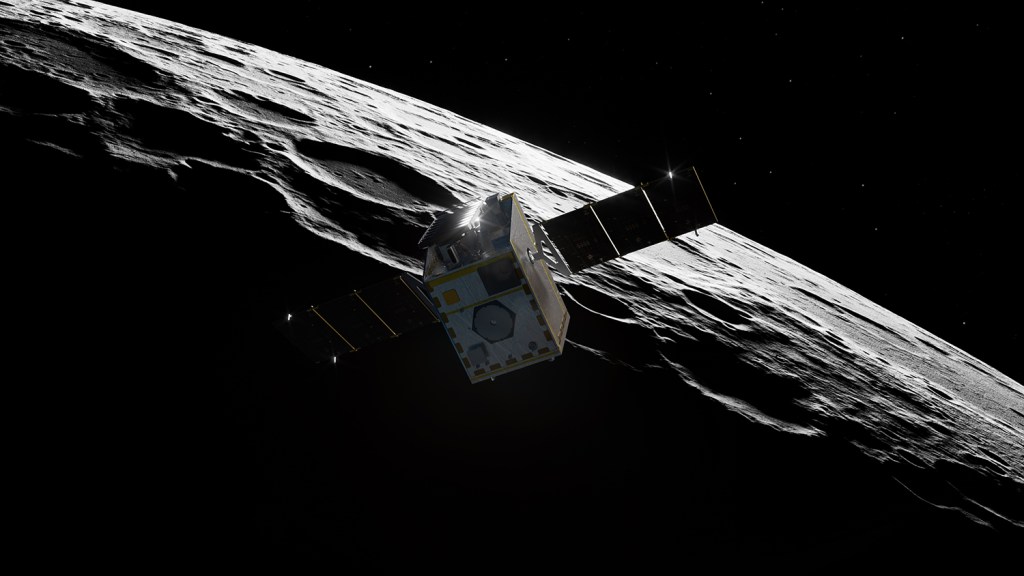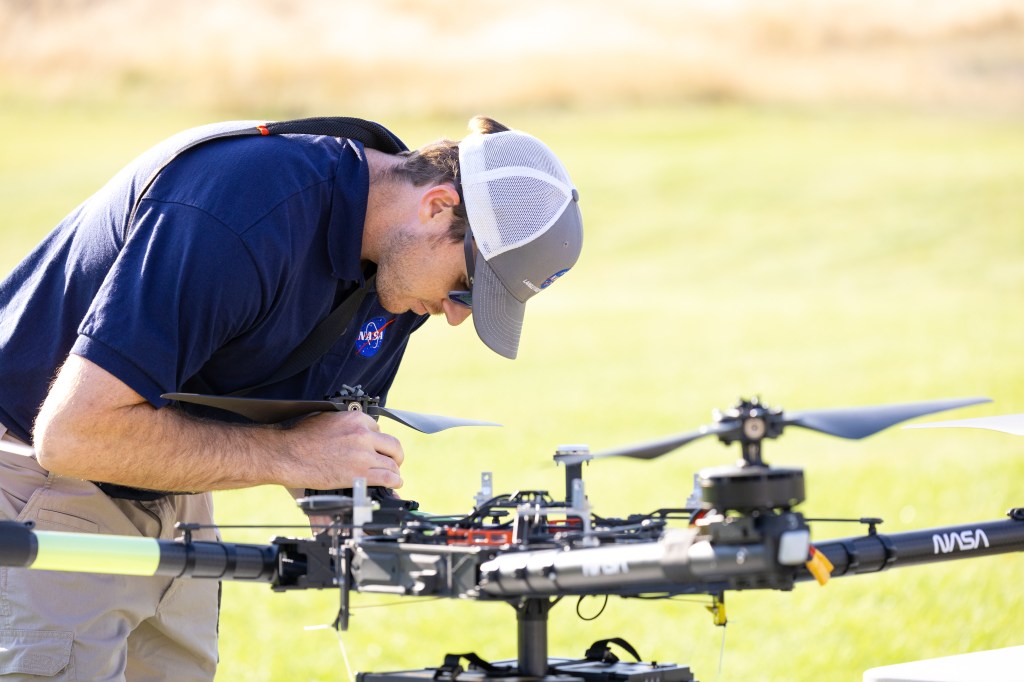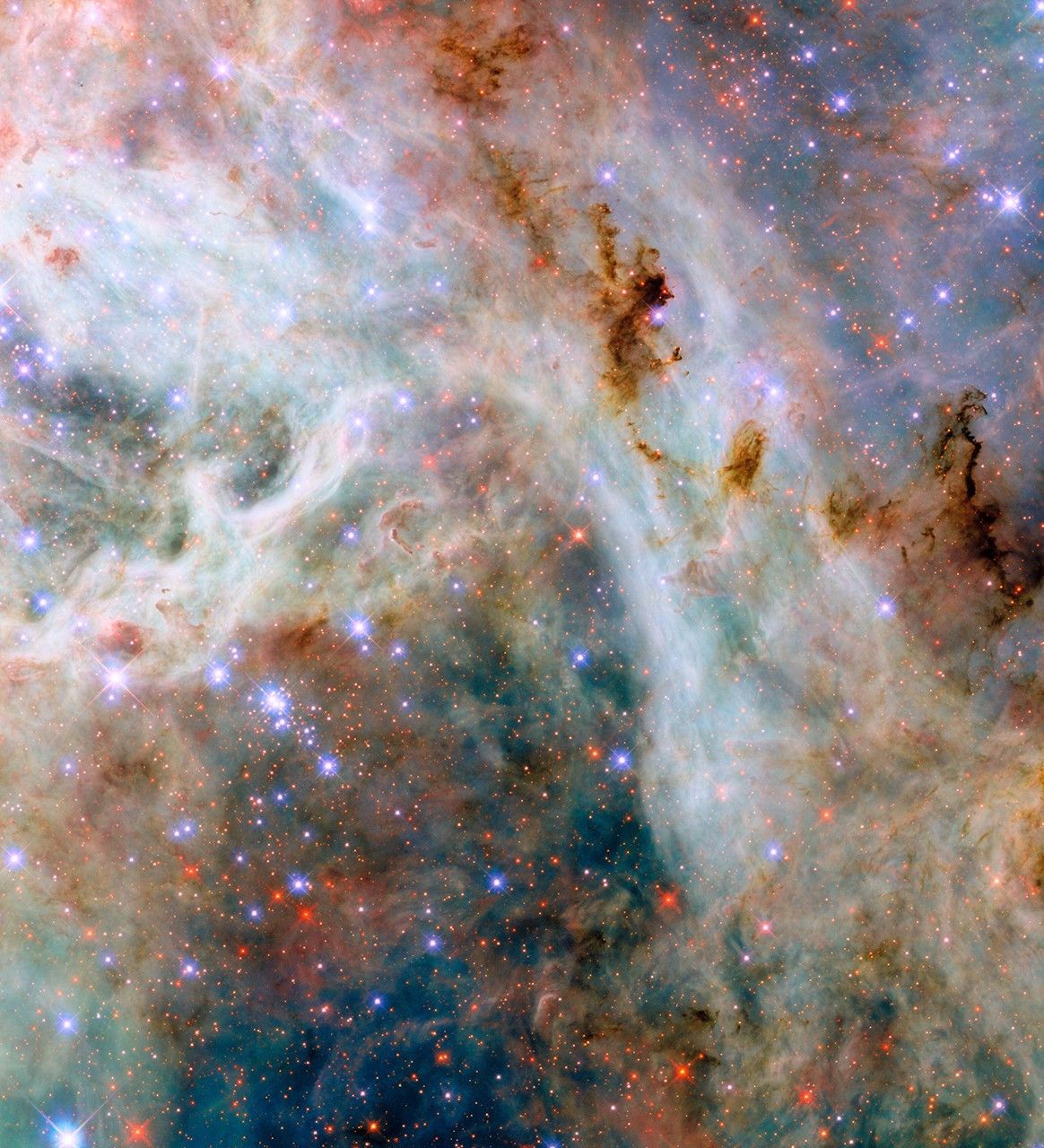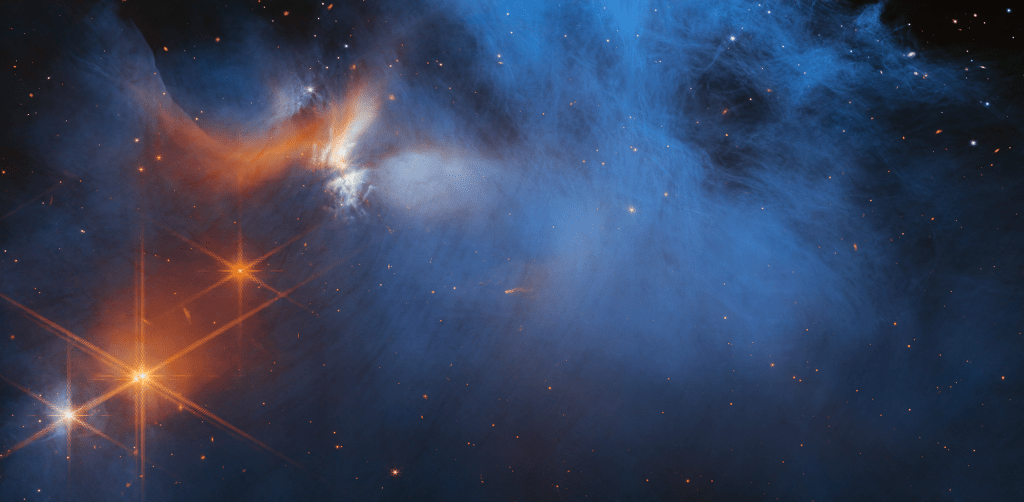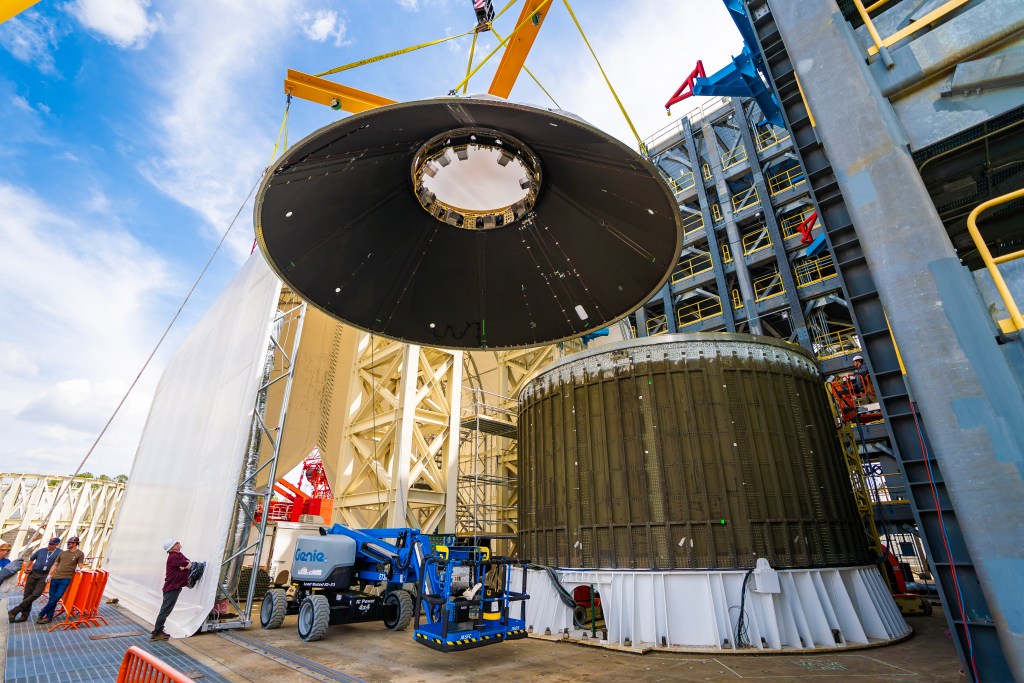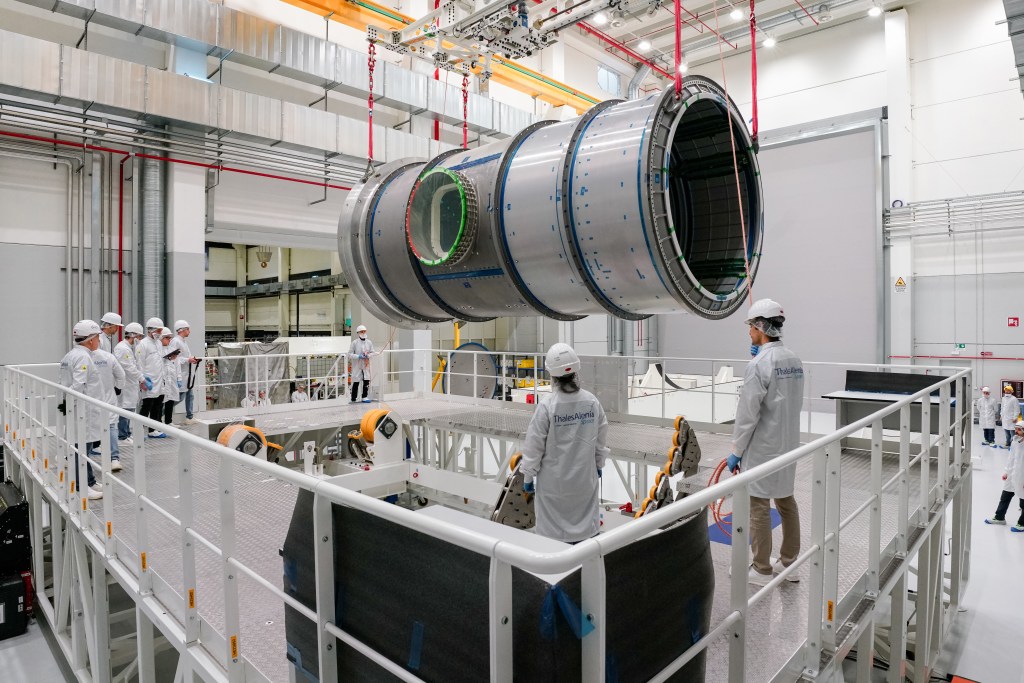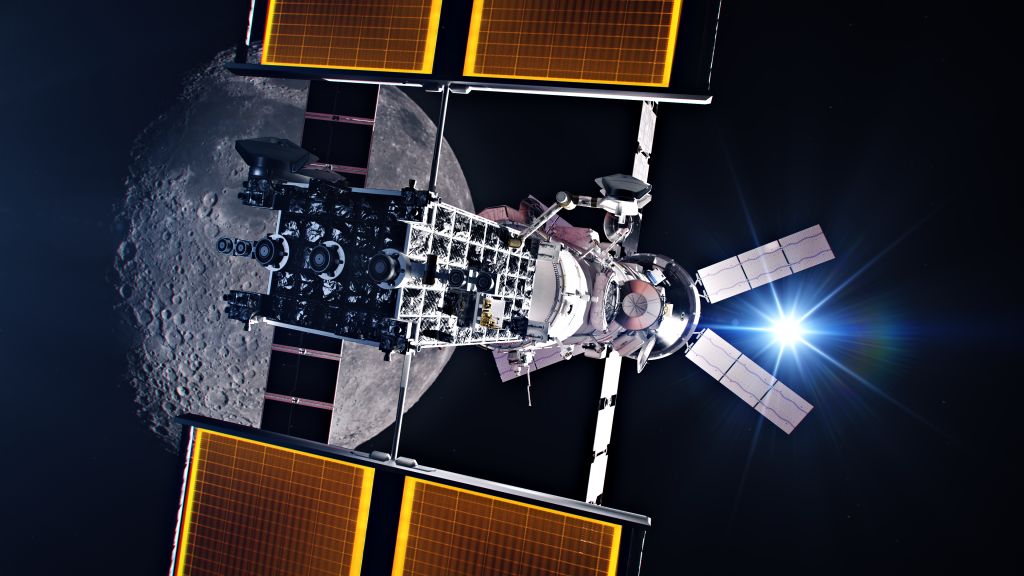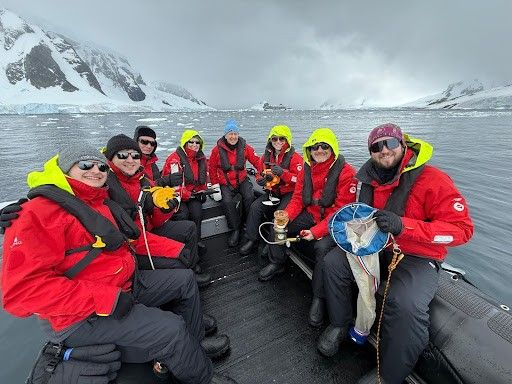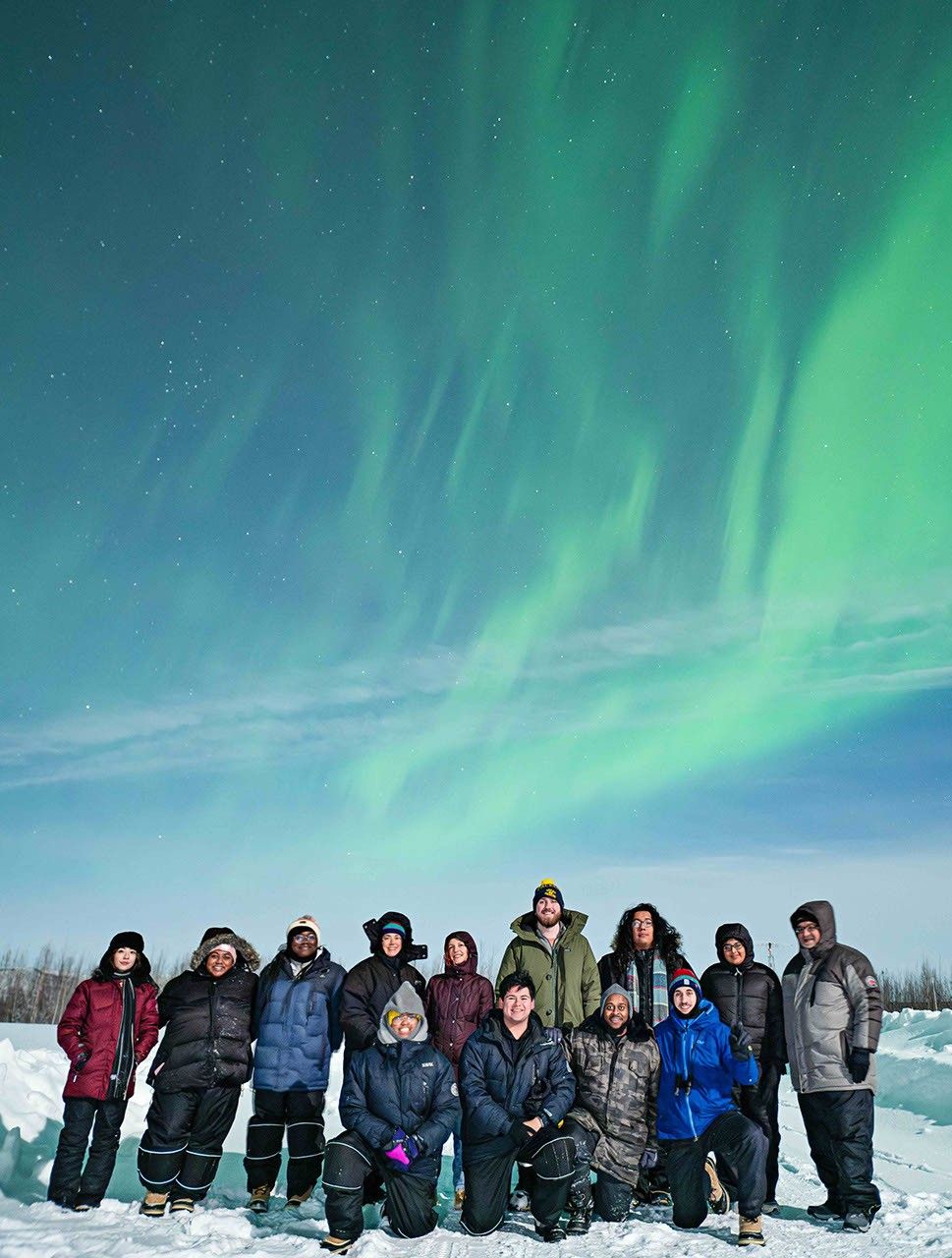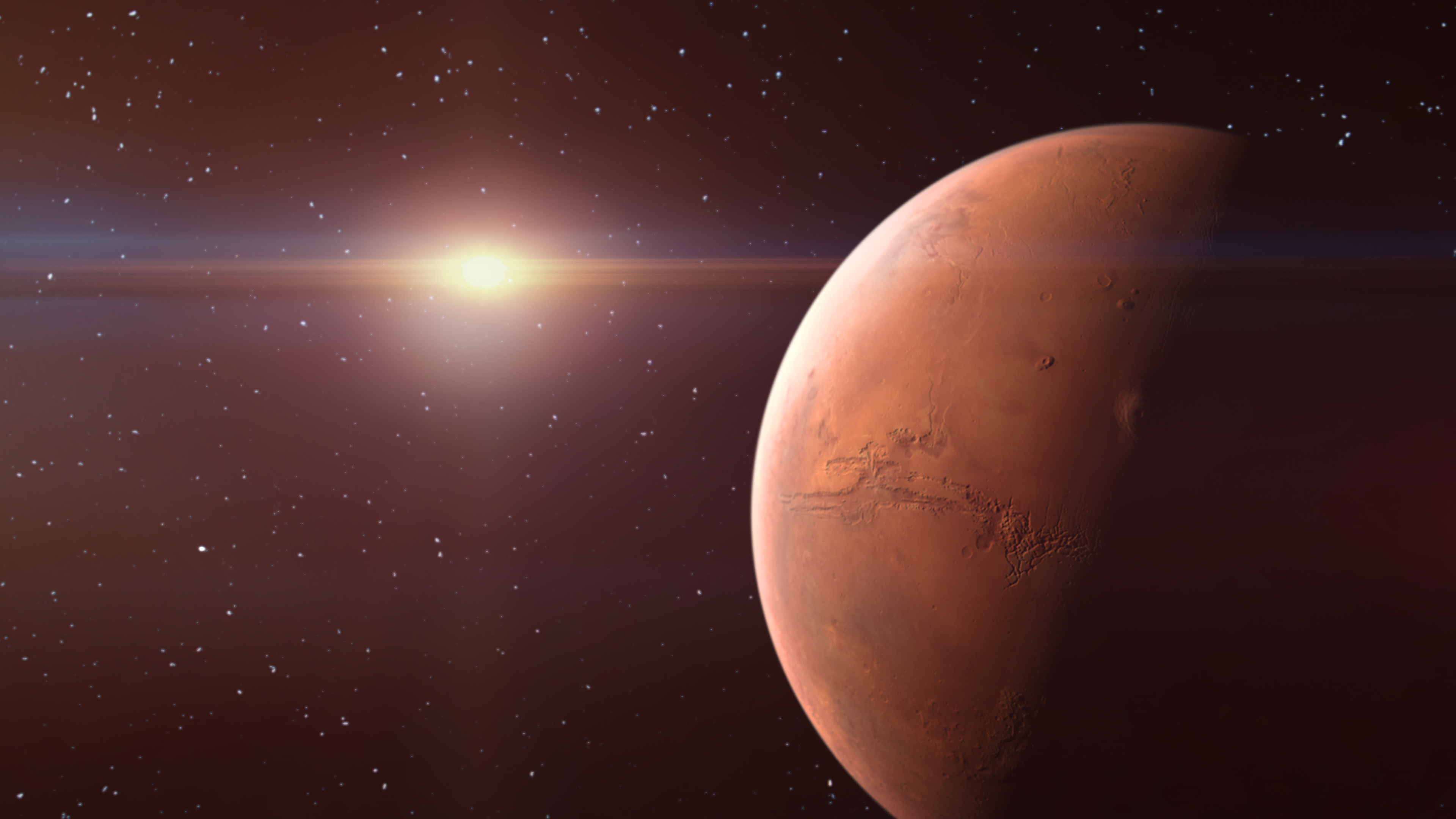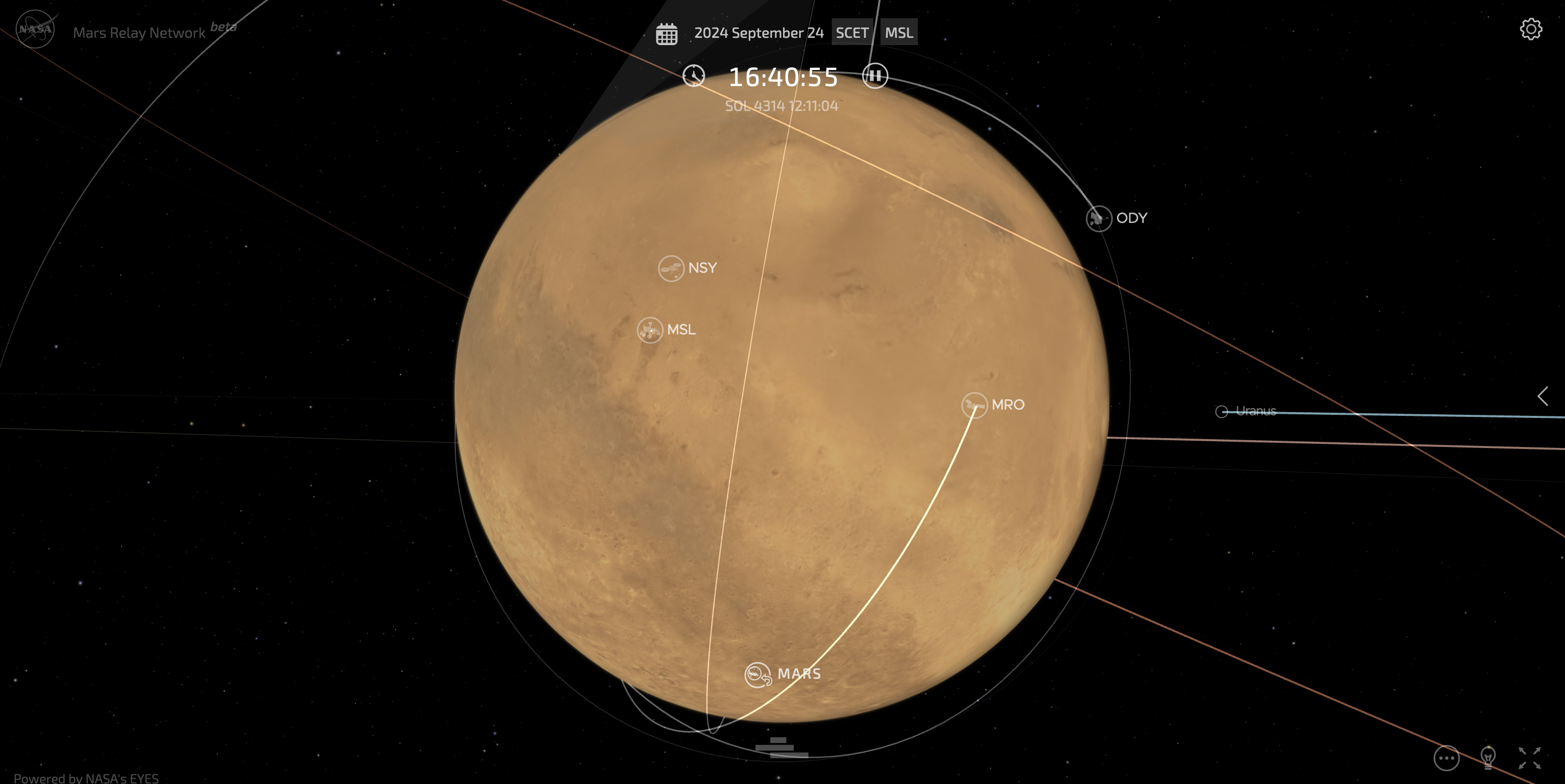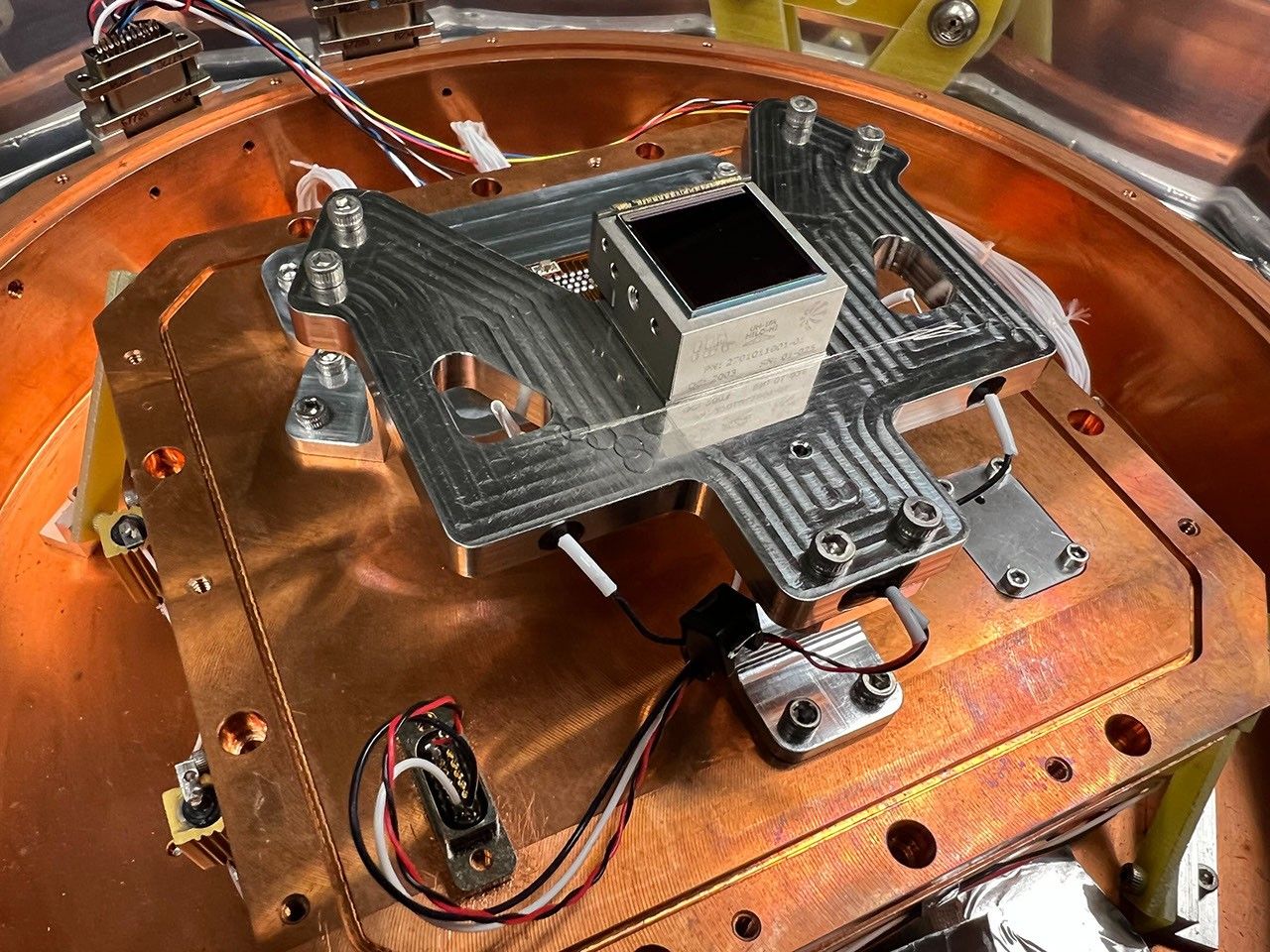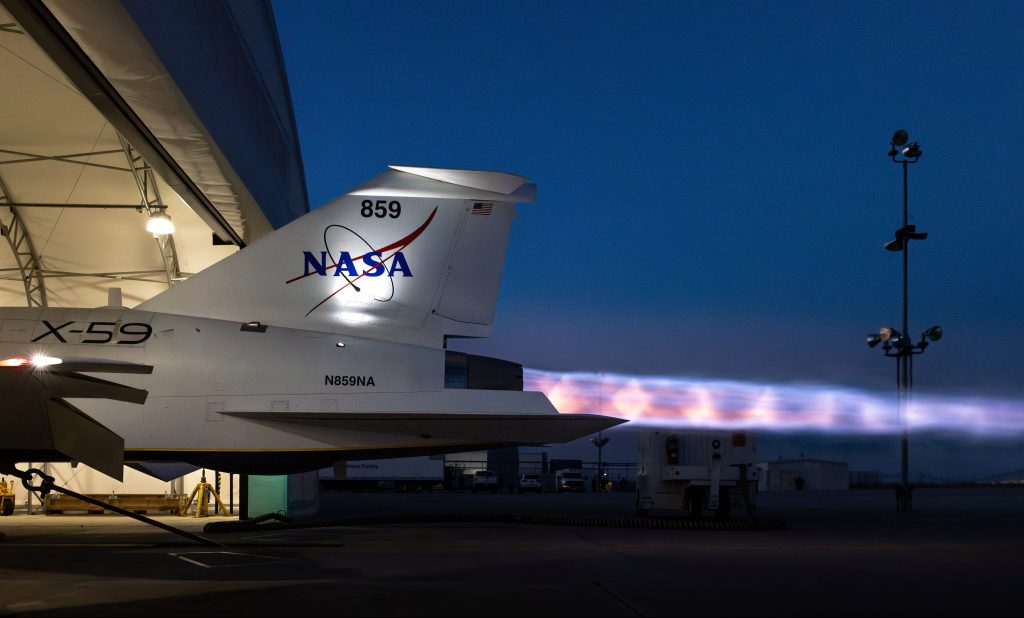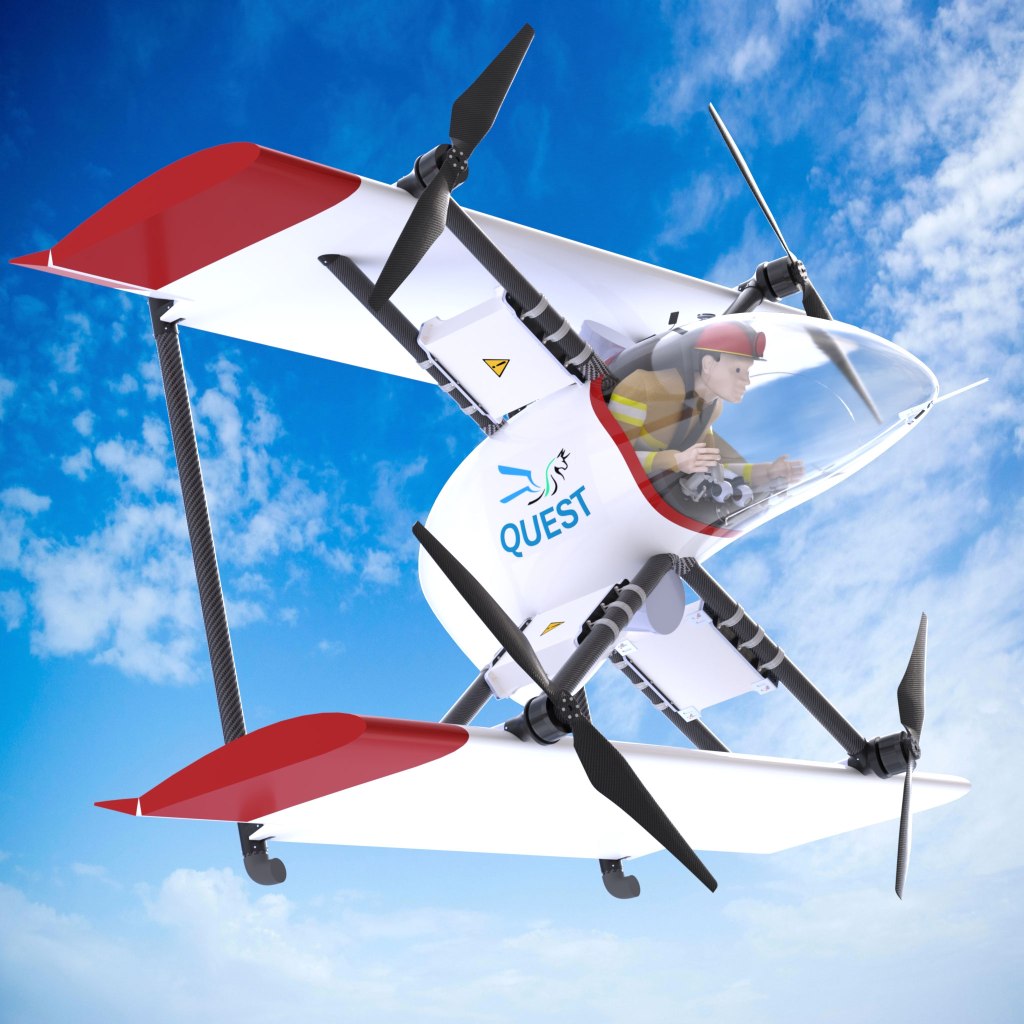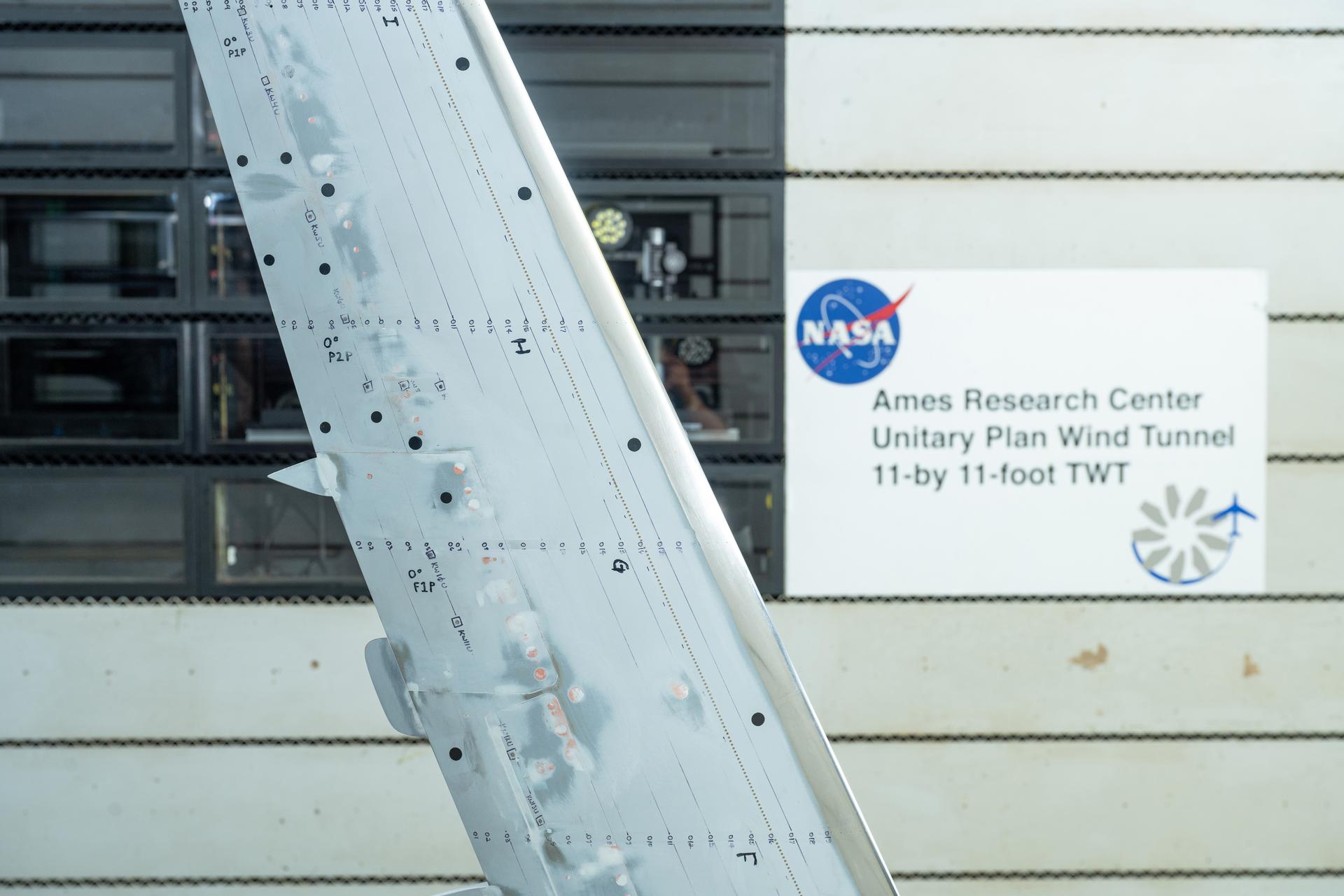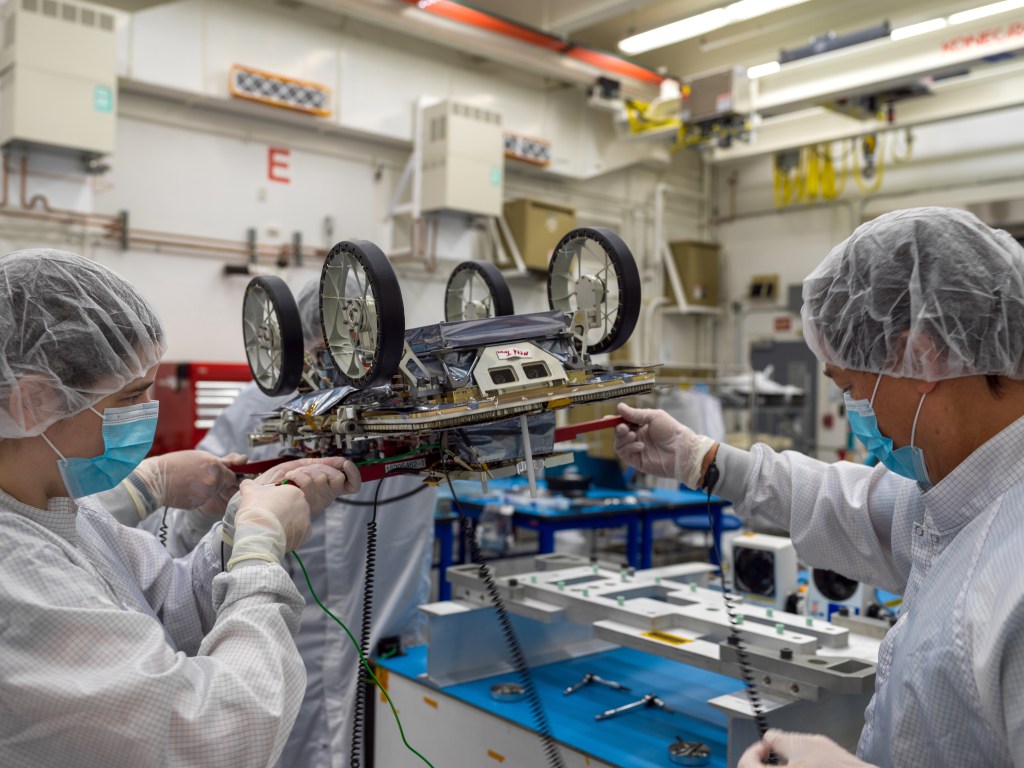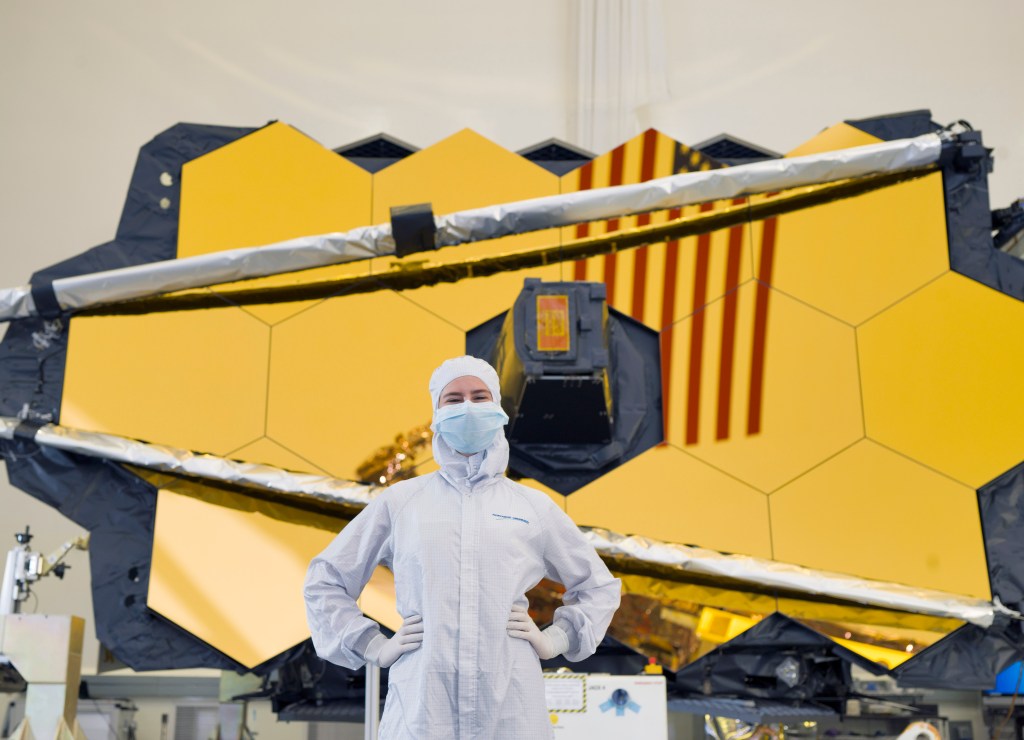The Kennedy Space Center’s annual Innovation Expo is designed to spark creativity and new ideas to aid in transitioning the spaceport from a historically government-only launch facility to a multi-user spaceport. On Sept. 10, as part of the four-day event, the space agency’s Center Planning and Development Directorate (CPD) hosted displays by partners, bringing together center employees with many of the organizations that are helping build Kennedy’s future.
Innovation is defined as the introduction of something new or a fresh idea, method or device. Kennedy’s Innovation Expo highlights just that — groundbreaking efforts facilitated by both civil service and contractor employees, as well as partner organizations. The exhibits and presentations allow those who are developing new approaches to share how they plan to implement their ideas.
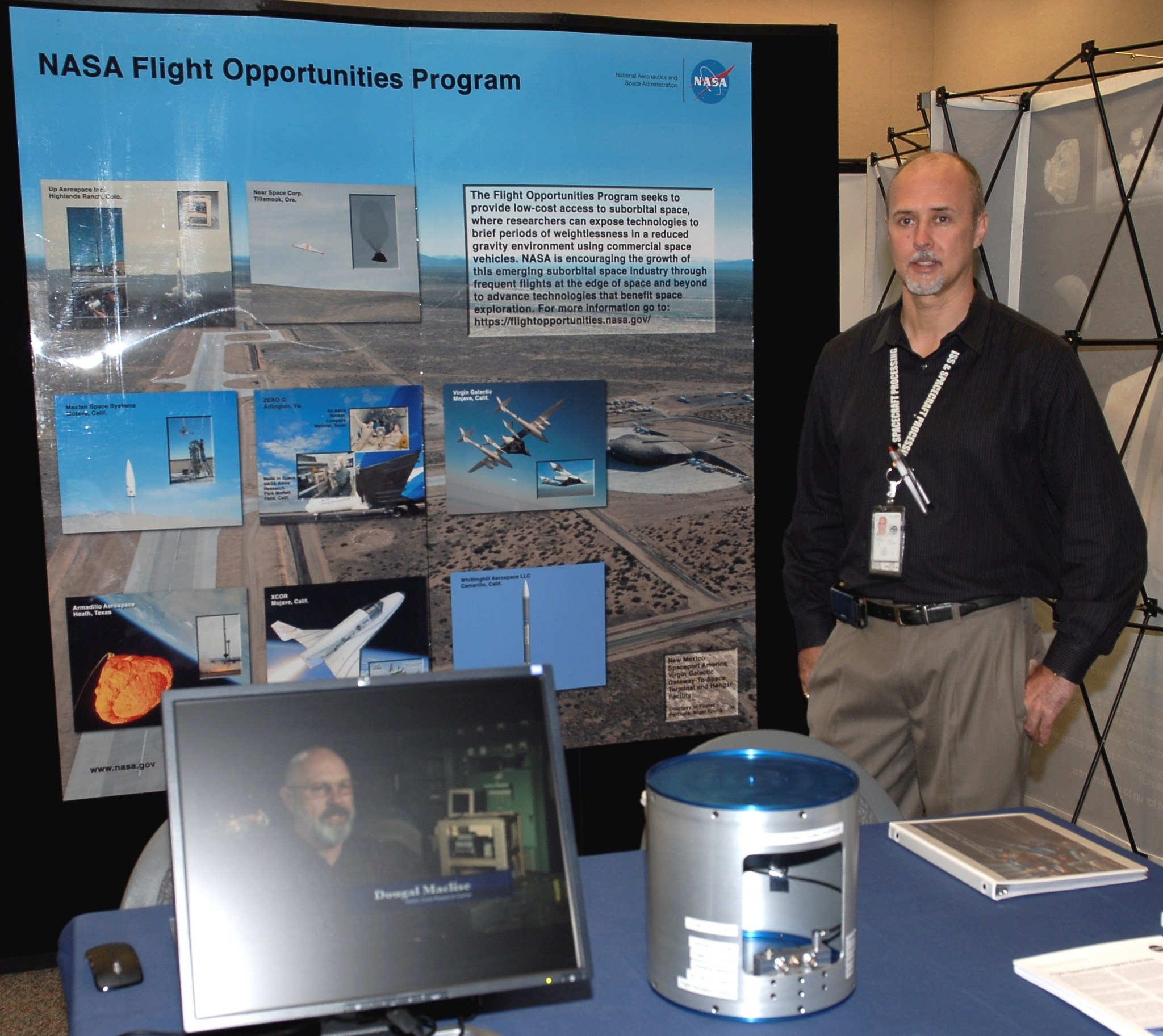
“We hope this will lead to some ‘out-of-the-box’ thinking about Kennedy becoming a multi-user spaceport and encourage partners to collaborate going forward,” said Scott Colloredo, director of CPD. “We also hope this will be a forum to encourage interaction between partners, resulting in developing relationships that will lead to collaborative efforts.”
Center Planning and Development is the “front door” for partnerships with Kennedy. Partnerships and resource planning now are offering additional flexibility, with the agency purchasing the services only as needed for future spaceflight projects. With a partnership, the agency can allow industry to operate a facility or provide services NASA wants to maintain.
“Through partnerships with industry and academia, KSC is truly becoming a multi-user spaceport,” Colloredo said. “This is the first time we’ve had partner displays at Kennedy’s Innovation Expo.”
Kennedy employees had an opportunity to meet many of NASA’s partners. Additionally, representatives from partner organizations had an opportunity to interact with each other and learn how each adds value to developing the Kennedy Space Center of the future.
“The invitation to Kennedy’s Innovation Expo provided us an opportunity to meet and collaborate with other companies and space center employees, which was very positive for our company.” said Martin Belson, president and chief executive officer of Diversified Industries C&IS Inc.
Booths representing CPD focused on Spaceport Planning, Partnership Development, Research and Technology, Technology Evaluation for Environmental Risk Mitigation and Flight Opportunities Programs.
According to Robert Ashley, Kennedy’s manager of the Flight Opportunities Program (FOP) in NASA’s Research and Technology Management Office, the program gives engineers and principal investigators multiple innovative ways to flight test their new space technologies.
“One of the Agency’s biggest challenges is space testing and space qualification of promising new technologies that are needed to extend our presence further out into the solar system and beyond,” he said.
“Flight Opportunities contracts with commercial flight providers to offer rides on suborbital reusable launch vehicles, zero-g parabolic aircraft and high-altitude balloons,” Ashley said. “These suborbital platforms assist our investigators in getting their projects out of the laboratory and into space-relevant operational environments to test their new technologies at a small fraction of the cost of orbital flights.”
During the Innovation Expo, Howard Biegler, Human Launch Services lead for United Launch Alliance, showed off a Dual Satellite System (DSS)-5 model which provides the Atlas V and Delta IV rockets with the capability of launching two payloads to different orbits on a single launch vehicle.
“During the payload integration process the lower payload is encapsulated within the DSS canister followed by attachment of the upper payload to the top of the DSS,” said Biegler.
Following launch, the payload fairing is jettisoned and upon reaching a predetermined orbit, the upper payload is released followed by release of the upper portion of the DSS canister. This allows the lower payload to continue and be released to a different orbit.
“By utilizing dual-launch technology, ULA provides efficient use of excess performance margins on launches, which in turn provides lower mission cost and operational flexibility to our customers,” he said.
Other organizations represented in the partner exhibits were: The Boeing Company, Craig Technologies, Juntura, Micro Aerospace Solutions, PaR Systems Inc., Quantum Innovative Technologies, Space Coast Energy Consortium, United Paradyne Corp. and the University of Central Florida.

